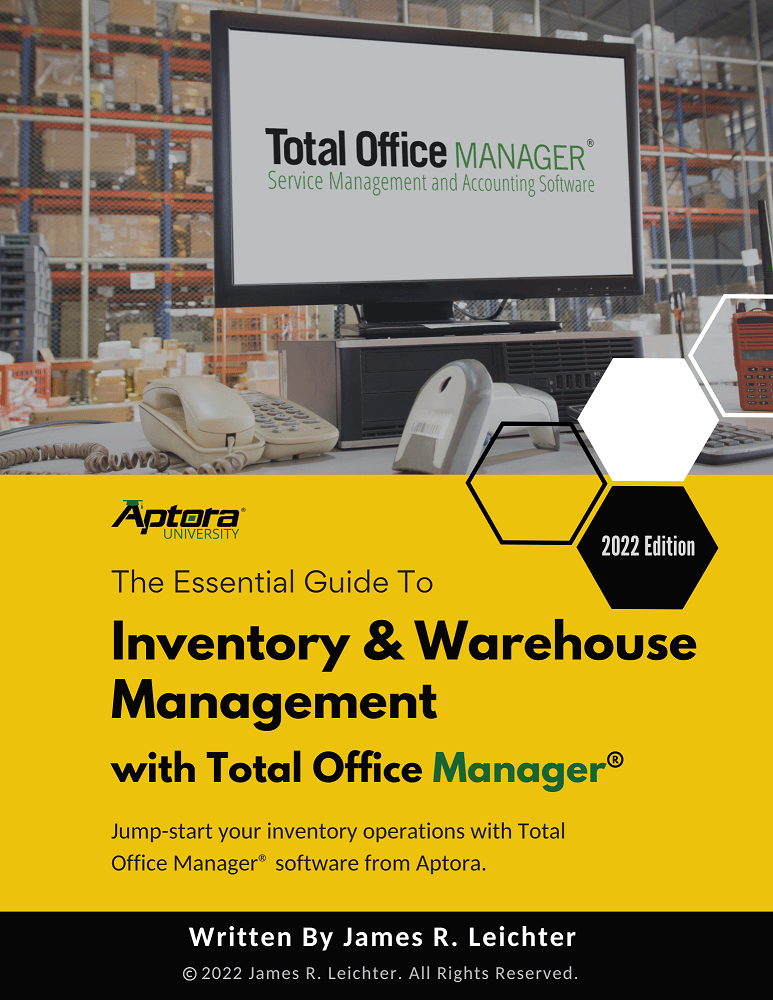
The Profit-First Guide to Growing Your HVAC Business + Freebies
As a long-time HVAC industry consultant, I’ve helped countless companies grow and become more successful. Along the way, I’ve experienced both wins and setbacks, each

Key Takeaways
If you’re in a field service business like HVAC, electrical contracting, plumbing, or any trade that relies on stocked parts and supplies, you’ve probably asked (or at least wondered), “Is inventory a current asset?”
Spoiler alert: Yes, it is. But, as always in accounting, the truth comes with caveats, need for context, and some highly relevant reasons you should care. Misclassifying or misunderstanding inventory doesn’t just mess up your balance sheet—it can throw off your cash flow, wreck your profit calculations, and trip you up during loan applications or tax time.
In this in-depth guide, we’ll walk you through what inventory means in the context of a service-based business, how to treat it properly in your books, and how mastering your inventory management can be a game-changer for your businesses’ profitability and long-term stability.

Inventory refers to the items your business holds for the purpose of resale, use in production, or consumption during service delivery. It’s a blanket term that can include:
In short, if you bought it with the intent of using it on a job or sell it to a customer—and it hasn’t been used yet—it’s inventory. Even consumables like adhesives, gaskets, and protective wraps can fall under this category if they are job-specific.
Inventory is not limited to what’s sitting in your warehouse or truck. It can also include materials staged on-site for upcoming jobs or even products in transit, depending on the terms of purchase.
A current asset is anything your business expects to convert into cash or use up within one year of the balance sheet date. That includes:
Because inventory is expected to be sold, installed, or consumed in the regular course of business within a year, it qualifies as a current asset.
Field Example:
Say you stock 50 tankless water heaters for the next 6 months of installs. Until they’re installed, those water heaters sit on your books as inventory. Once installed and invoiced, they convert into cost of goods sold (COGS) and then revenue once paid.
If, on the other hand, that stock sits untouched for 18 months, it may need to be reclassified or written down as obsolete inventory.
Understanding the three core types of inventory is critical for correct classification and valuation.
These are components you haven’t yet used. For example:
These items are often bulk purchased and pulled as needed, and they make up the base layer of your production pipeline.
Used mostly in manufacturing or long-cycle jobs:
Tracking WIP accurately requires more effort but offers better job cost insights.
Items ready for installation or sale:
All three are current assets until they’re consumed or sold. Once used, they move from the balance sheet to the income statement.
On a standard balance sheet, inventory typically sits under current assets:
Sample Balance Sheet Snapshot:
| Current Assets | Amount ($) |
| Cash | 12,000 |
| Accounts Receivable | 25,000 |
| Inventory | 35,000 |
| Prepaid Expenses | 3,000 |
| Total Current Assets | 75,000 |
Accurate inventory figures make your current asset total—and by extension, your working capital—more reliable. That’s crucial when applying for credit, evaluating solvency, or calculating liquidity ratios like the current ratio or quick ratio.
Inventory doesn’t just sit on a shelf looking pretty. It plays a vital role in your profitability.
Step-by-Step:
Why It Matters:
Regular audits, tight internal controls, and proper inventory management software help keep these figures clean and reliable.
Choosing how you value inventory affects both your balance sheet and income statement.
Assumes older inventory is sold first.
Assumes the most recently purchased inventory is sold first.
Spreads the total cost evenly across units.
Each method has tax, reporting, and business impact—choose based on your priorities.
Even smart business owners get tripped up by inventory. Here’s what to watch for:

Tools that are reused (wrenches, drills) are fixed assets, not inventory. If it lasts more than a year and doesn’t get sold, don’t put it in inventory.
That outdated circuit board you’ve had since 2019? If it’s never going to be used or sold, write it off. Keeping it inflates your assets artificially.
In-progress jobs often have materials tied up. Ignoring WIP underreports assets and costs.
Don’t use business inventory on your personal house project—or at least record it properly. Mixing them skews financial records and may raise red flags with your CPA (or the IRS).
Switching between FIFO and LIFO at will is a no-go. Be consistent and document your method in your accounting policy.
Managing your inventory well isn’t just an accounting win—it’s a competitive advantage.
Best Practices:

Higher turnover = less money sitting on shelves.
Banks love current assets. The more liquid your assets, the more comfortable they feel lending to you.
How It Helps:
Just don’t inflate numbers to impress. Lenders see through that during due diligence.
Inventory is absolutely a current asset, and treating it like one gives you better control over your cash flow, profitability, and borrowing strength. Keep it well-managed, properly classified, and updated regularly. Whether you’re stocking mini-splits or breaker boxes, tracking inventory right keeps your business lean, profitable, and growing.
And remember: Your inventory system isn’t just an expense tracker—it’s a window into how efficiently your business runs.
If you’re still managing inventory in your head, on paper, or in a spreadsheet from 2014, it’s time to level up. Take an afternoon this week to audit your inventory, clean up your records, and start tracking properly. Not only will you tighten up your books—you’ll sleep better knowing exactly where your money is. And hey, if you’re using field service software like Aptora’s Total Office Manager, you’re already halfway there.
A smarter inventory system today means fewer surprises tomorrow.
Not exactly. Inventory is a current asset, but not as liquid as cash or receivables. It needs to be sold before it becomes cash.
Ideally, monthly. At a minimum, do it quarterly. Real-time updates through software are even better.
Not really. If inventory hasn’t moved in over a year, it may be obsolete and should be written off—not reclassified.
Absolutely. Ending inventory value affects your COGS, which in turn affects your taxable income.
Once used, it moves from the balance sheet (inventory) to the income statement as COGS. That’s when it becomes an expense.

Subscribe to our newsletter


By submitting this form, I agree to receive marketing communication via phone call, email, or SMS from Aptora.

By submitting this form, I agree to receive marketing communication via phone call, email, or SMS from Aptora.